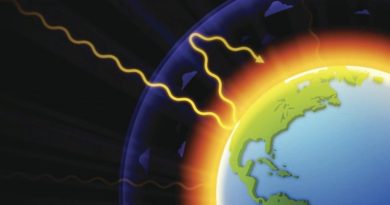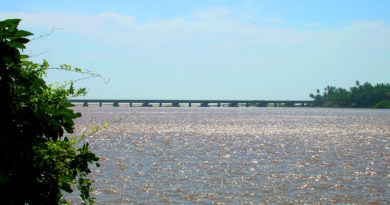10 Animals Threatened by Climate Change
Every species worldwide is impacted by climate change. Rising temperatures and sea levels, less rain and more droughts. By 2100, an estimated 50% of all the world’s species could go extinct because of climate change.
- Bumblebees are impacted by climate change in two related ways: Rising temperatures force populations northward to remain in cool climates and spring flowers bloom earlier than normal, leaving less time for bees to pollinate.
- Whales rely on specific ocean temperatures for their migration, feeding, and reproductive habits. As sea temperatures rise, these changes disrupt habits necessary for whale survival.
- Asian elephant habitat is negatively impacted by both lower rainfall and higher temperatures. Together, these threats have decreased the reproductive capacity of an already endangered species.
- Giraffes have seen their population decline by 40% in the last 30 years. In addition to illegal poaching, two the most pressing dangers shrinking habitat and fewer acacia trees (their main food source) due to climate change.
- Insects stand to suffer drastically from climate change. At the current rate of warming (2°C), roughly 18% of all insect species would be lost by 2100; if the planet were to warm by 3.2°C, that number would rise to 49%.
- Oceanic bird species are directly threatened by rising sea levels due to climate change. Rising waters can submerge their coastal habitats and nests completely.
- Sharks have difficulty hunting and a higher embryo mortality rate as ocean temperature and acidity rise worldwide. In the Pacific Ocean, rising temperatures force sharks northward by an average of 30 kilometers annually, disrupting ecosystems that depend on sharks.
- Coral reefs are endangered due to rising sea temperatures. In the last three years alone, 72% of the world’s coral reefs protected by UNESCO experienced severe heat stress. Sustained heat stress causes coral bleaching, an often deadly occurrence in which coral starves from a loss of nutrition.
- Monarch butterfly populations in California have fallen by as much as 95% since the 1980s due to habitat loss, increasing use of pesticides and loss of milkweed populations, all related to climate change caused by humans.
- Great apes of Southeast Asia, perhaps the most endangered ape species, are in jeopardy of extinction due to deforestation caused by climate change with nearly 75% of forest cover at risk of deforestation.
(earthday.org)




